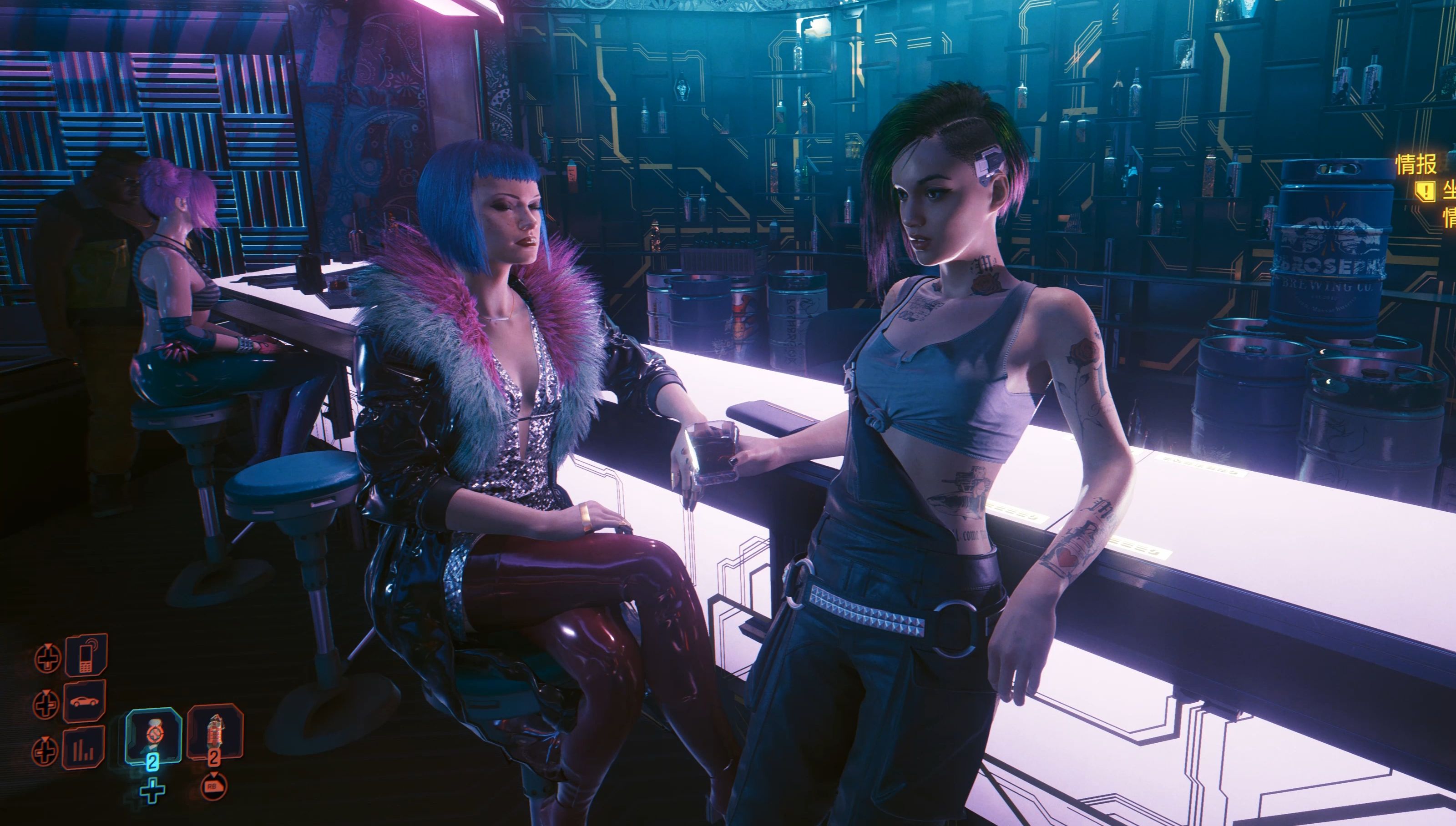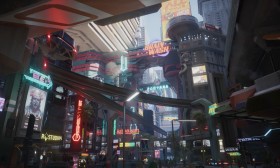Red Dead Redemption 2 Score Breakdown: 5 Years Later Reassessment
Five years have passed since Rockstar Games released Red Dead Redemption 2, an open-world epic that redefined narrative depth, environmental immersion, and technical ambition in video games. Among its many praised elements, the game’s score—composed primarily by Woody Jackson, with additional contributions from musicians like Colin Stetson, David Ferguson, and Arca—stands as a masterclass in interactive audio storytelling. Revisiting the soundtrack today reveals not just its immediate emotional impact, but its enduring sophistication in blending thematic complexity with player agency.
Thematic Cohesion and Musical Motifs
From the opening notes of “Unshaken” by D’Angelo to the haunting ambience of “American Venom,” the score of RDR2 is built on a foundation of recurring motifs that mirror the journey of Arthur Morgan. The main theme, introduced in the track “Red Dead Redemption,” is a melancholic melody carried by acoustic guitar and harmonica—a sound that evokes the fading myth of the American frontier. This theme reappears throughout the game in variations that reflect Arthur’s internal conflict: sometimes somber and sparse, other times swelling with strings during moments of redemption or regret.
One of the most remarkable aspects of the score is its use of character-specific leitmotifs. Dutch van der Linde’s theme, for instance, is often accompanied by a tense, ascending string arrangement that mirrors his descent into paranoia. Similarly, the delicate piano pieces associated with Sadie Adler or the rustic folk tunes tied to the Marston family serve as auditory shorthand, enriching the narrative without a single line of dialogue.
Dynamic Composition and Player Interaction
What sets RDR2’s score apart from many of its contemporaries is its dynamic integration with gameplay. Unlike linear soundtracks, the music adapts to player actions, creating a seamless flow between exploration, combat, and narrative sequences. Tracks like “Mountain Banjo” or “Grizzly Hills” emerge organically during exploration, their sparse arrangements allowing the natural soundscape—wind, wildlife, distant conversations—to remain central. This avoids the fatigue of over-scoring and reinforces the game’s emphasis on realism.
During intense moments, such as shootouts or chases, the score shifts abruptly. Percussion-driven pieces like “Blood Feuds, Ancient and Modern” escalate tension with rhythmic urgency, yet never feel repetitive thanks to layered stems that react to player choices. This technical achievement—a signature of Woody Jackson’s work, previously heard in Red Dead Redemption and GTA V—ensures that the music feels uniquely tailored to each player’s experience.
Emotional Resonance and Narrative Synergy
The score’s emotional power is most acutely felt in the game’s key moments. The ride back to Beaver Hollow in “That’s the Way It Is”,
with its poignant piano and vocal delivery, transforms a simple journey into a meditation on mortality and purpose. Similarly, the grim, percussion-heavy score of Guarma sequences accentuates the chaos and moral disorientation of Arthur’s exile.
Even in quieter moments, the music serves as an emotional anchor. Campfire songs, character interactions, and ambient town tunes—like the cheerful saloon pianos of Valentine or the solemn hymns of Saint Denis—create a living world that feels both authentic and mythic. This balance between grit and grandeur is a testament to the composers’ understanding of the game’s tonal duality.

Cultural and Genre Influences
RDR2’s score draws deeply from Americana, folk, blues, and even classical traditions, reflecting the diverse cultural landscape of the era. Tracks like “Cruel World” by Josh Homme channel the ruggedness of outlaw country, while Arca’s electronic manipulations in “Les Flics” and “Prison Break” introduce an avant-garde edge that disrupts expectations. This eclectic approach prevents the soundtrack from feeling monolithic, instead painting a nuanced portrait of a time in flux.
The use of diegetic music—songs performed in-world, such as “House Building Song” or “Moonlight”—further blurs the line between score and narrative. These moments aren’t just decorative; they reinforce community, character bonds, and the fleeting joys of a harsh life.
Five Years Later: A Lasting Legacy
In the years since its release, RDR2’s score has influenced both game audio design and broader media scoring. Its success lies in how it elevates player agency from a technical feature to an artistic principle. The music doesn’t just accompany the story—it embodies it, adapting to Arthur’s honor level, the time of day, or even the weather.
Today, the soundtrack remains a benchmark for emotional storytelling in games. Tracks like “American Venom” or “See the Fire in Your Eyes” continue to resonate with listeners, independent of the game, yet forever tied to its themes of loss, redemption, and the price of change.
Conclusion
Reassessing Red Dead Redemption 2’s score five years on confirms its status as a landmark work in interactive music. It is a composition that understands silence as much as sound, subtlety as much as spectacle. Through its innovative systems, rich motifs, and profound narrative synergy, it achieves something rare: a score that feels both timeless and uniquely personal to each who experience it. In the end, it is the music that ensures Arthur Morgan’s journey—and the world he inhabited—lingers long after the console is turned off.














